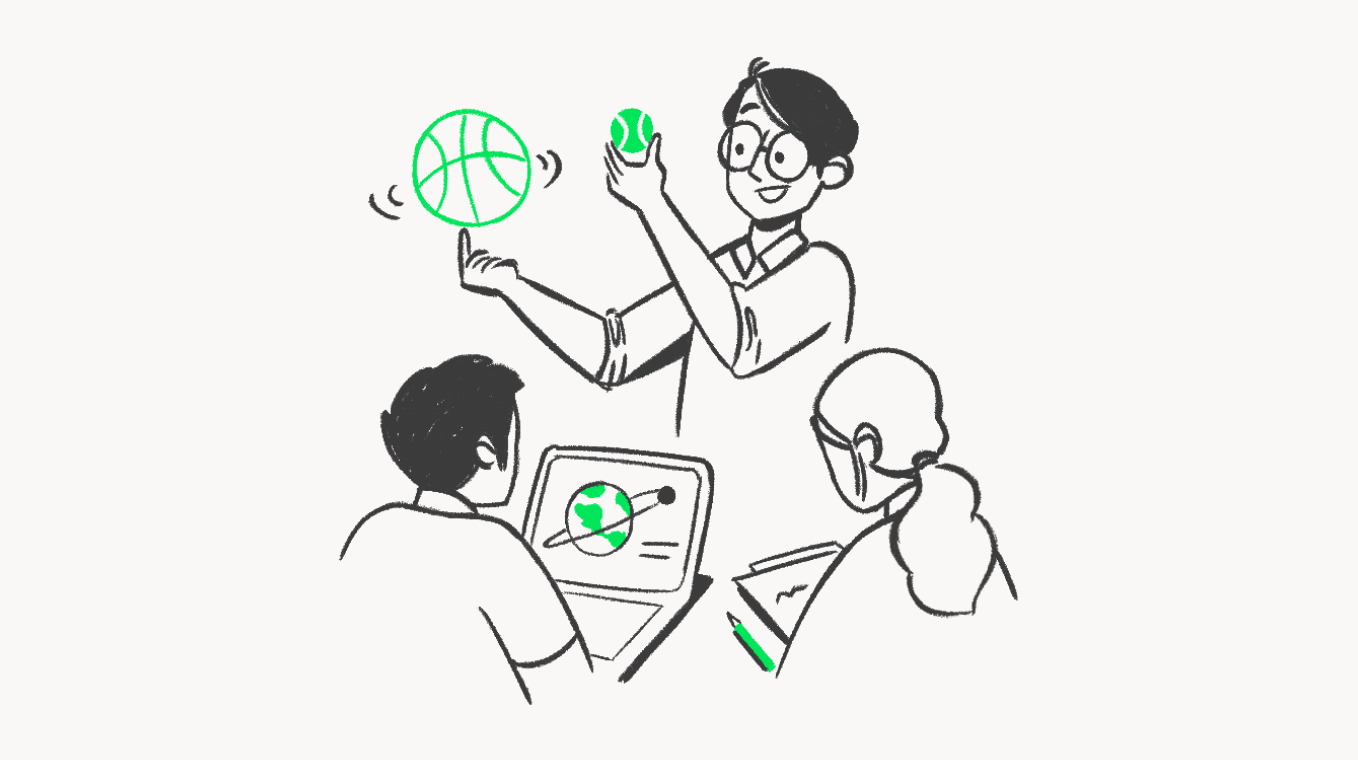Redefining science classrooms
Stile was built with the art of teaching in mind, placing the teacher and students at the centre of the classroom.

Technological progress has merely provided us with more efficient means for going backward.
— Aldous Huxley
Probably not the quote you would anticipate seeing from an educational technology company, right? Instead of encouraging you to think about whether or not this is true, consider whether it has to be true. While Aldous Huxley loved to challenge our thinking using dystopian stories, we can heed these stories to rewrite our narratives.
When computers began making their way into schools, there was this prevailing idea that computers would be the “great equalizer” and the urgency became providing access. It was all about getting computers and the internet in front of students. Now, here we are decades later, where access issues within schools are almost non-existent. So, why have we not seen a return on this investment?
The answer is simple. Early ideas of getting technology into schools left out the most critical factor in student learning in the room. The teacher. As a result, educational researchers and leaders have been digging into ways to make the application and integration of technology more impactful on student outcomes.
As a result, Ruben Puentedura spent some time developing their SAMR model. The overall goal was to support leaders with a trajectory for successful technology use in classrooms. The model walks through four different dimensions of technology integration: Substitution, Augmentation, Modification, and Redefinition. Ultimately, educators want to find themselves modifying and redefining their learning spaces with technology to see true transformation in their classrooms.
It is easy to put a computer in front of students and have them passively engage in assignments and tasks. However, it is an art to use technology as a tool that blends facilitation, collaboration, and interactive learning all in one place.
Stile was built with the art of teaching in mind. Stile is not a tool for sit-and-get. It is not a digital science resource where students passively approach content and thinking by moving on to the next question. Rather, Stile is a platform that places both the teacher and the students at the center of the environment.
Stile empowers teachers with comprehensive lessons complete with relevant, contextualized topics. In Stile, teachers have access to providing their students with frequent checks for understanding, multiple discussion opportunities, digital simulations, and interactive labs activities. Stile has three different modes for setting up teachers for success. In Prepare mode, teachers can make those final tweaks to a lesson or completely customize content and activities that best meet the needs of their students. Teach mode helps teachers become master facilitators as they keep a pulse on how their students are progressing toward meeting the learning goals of the lesson. Analyze mode provides a robust look at analytics that can be used for in-the-moment feedback or for planning additional lessons or small group instruction.
Furthermore, there is no one-size-fits-all with Stile. Facilitating learning with Stile is a teacher’s unique work of art. Decide how to engage in readings, videos, interactives, labs, questions, and so much more. We are excited to have you on this Stile journey with us – Stile would not be possible without you. We would love to hear more about how you are using Stile to transform your science classrooms. How are you defying the words of Aldous Huxley and using technology to move your learning space forward not just efficiently but transformatively?
Reference
Puentedura, R. R. (2015). SAMR: A brief introduction. Unpublished. http://www. hippasus. com/rrpweblog/archives/2013/10/02/SAMR_ABriefIntroduction.pdf.

